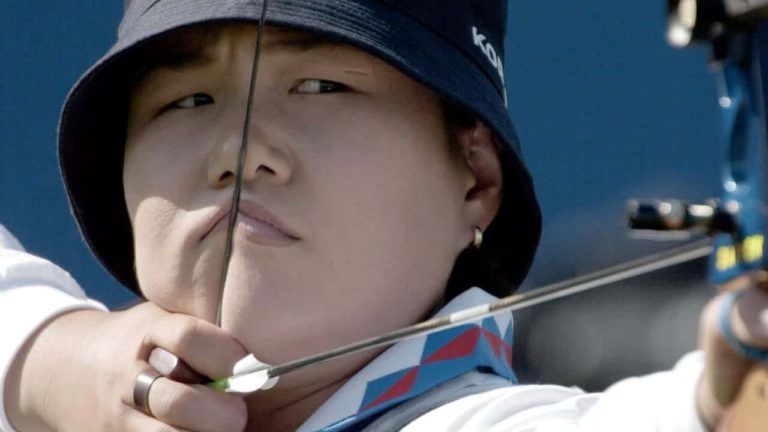
Origami is the Japanese art of paper folding and turning it into a finished sculpture through intricate techniques. It is wonderful and daunting task which generally takes a lot of practice and patience.
The Japanese origami artist Akira Yoshizawa, also considered to be the grand master of origami is credited with raising it from a mere craft to a living and celebrated art. By 1989, he made more than 50,000 models of which only a few hundred designs were featured in his books. He was the International Cultural Ambassador for Japan throughout his career. He wrote 18 books showcasing the art of origami and its worth in the Japanese Culture.
Early life:
Coming from a modest background, it is believed that Akira Yoshizawa is a self taught origamist. He rekindled his passion for paper art in his early twenties. Yoshizawa was born on March 14, 1911 to the family if a dairy farmer in Kaminokawa, Japan. As a child, he taught himself origami but later moved into a factory job in Tokyo when he was 13 years old. He was then promoted from a factory worker to technical draftsman. He started teaching geometry to his junior employees. He utilized the traditional art of origami to understand and communicate geometrical problems.
Career:
Akira Yoshizawa left his factory job to pursue a full time career in origami in 1937. He then spent 20 years selling a Japanese condiment called tsukudani while perfecting his origami skills. He spent those years in total poverty. He then served in the army medical corps in Hong Kong during World War II. He even made origami models to cheer up the sick people but he was eventually sent back to Japan due to his illness. His creative work was included in the 1944 book Origami Shuko by Isao Honda. However, in 1952, he created the 12 zodiac signs using origami for the Asahi Graphy Magazine, which catapulted him to international fame and proved to be a turning point for his career.
Fame:
After Yoshizawa issued his first monogram, Atarashii Origami Geijutsu, he established the Yoshizawa-Randlitt system of notation for origami folds, which is the standard for most paper folders today. He finally was out of his poverty when he founded the International Origami Centre in Tokyo in 1954. His overseas exhibition at the Stedelijk Museum in Amsterdam, was organised by Gershon Legman. He never sold his origami models but rather gave them away as gifts to people. He let groups and organisations borrow his art for exhibiting. His second wife Kiyo Yoshizawa taught origami to patients and served as his manager till his last breath on his 94th birthday.
Techniques:
Wet folding is one of the most significant contributions of Akira Yoshizawa. It involves slightly dampening the paper before making a fold which allows the paper to be manipulated easily, resulting in the finished figures to have a more rounded and more sculpted look. The skill to create paper art with a more appealing and realistic appearance was an important advancement in paper folding as it took models away from the realm of simple crafts and towards true artistic expression. The technique is most often used with thicker paper; while normal origami paper is very thin and thus, prone to tearing.
Why is Akira Yoshizawa the world’s best origamist?
Akira Yoshizawa merits his place as the world’s best origamist for his dedication to the paper folding art and consistent efforts to glorify the art of origami and its significance in the Japanese culture. He used the art as a medium to spread joy and happiness among people . He never treated the artifice as a source of income for himself but as a mode of learning and inspiration. It is because of these reasons that he is known as the grandmaster of origami. He was awarded the Order of the Rising Sun, 5th class by Emperor Hirohito in 1983, which is one of the highest honours bestowed in Japan. He also invented new methods which are now widely used by origamists. His artwork was always creative and realistic. He created origami models of a peacock, elephant, lion, gorilla, swan, camel and various other animals. His origami self portrait is said to be one of his best artwork.
Even after spending twenty years of his life in poverty, he never lost hope, followed his passion and ultimately reached success. He introduced the world to the art of origami and inspired numerous artists across the world Describing the art and his love for it, he said, “ My origami creations, in accordance with laws of nature, require the use of geometry, science and physics. They also encompass religion, philosophy and biochemistry. Overall, I want you to discover the joy of creation by your own hand the possibility of creating from paper is infinite.”
By Srija Bandyopadhyay, West Bengal


